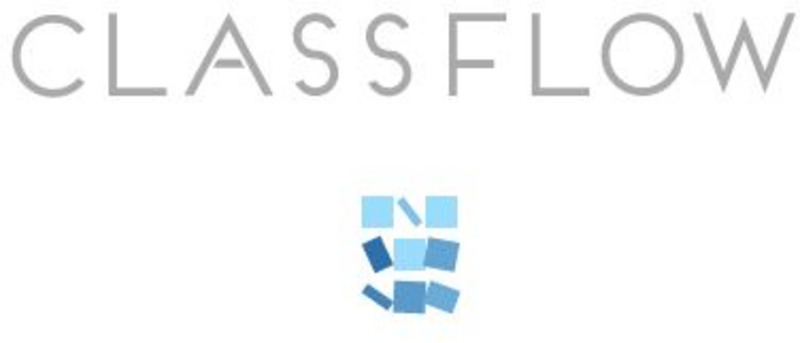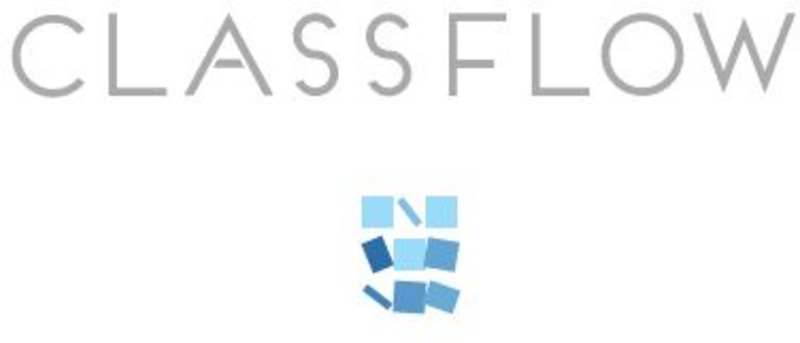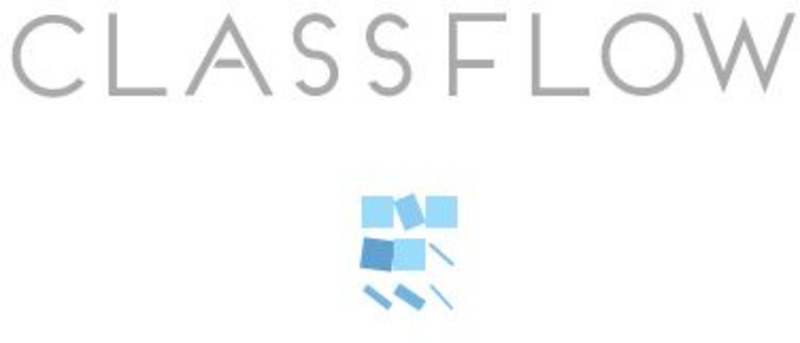Other
Thoughtful Learning: ccss.ela literacy.w.7.3.a
Pick and choose from these lessons and units that focus on narrative writing. Specifically, how to establish a context and point of view, introduce characters, and organize an event sequence.
Other
Kim's Korner: Patterns of Organization
This resource from Kim's Korner for Teacher Talk defines various patterns of text organization and provides a brief essay example of each pattern.
Teachers.net
Teachers.net: Flip Books and Story Boards
While this lesson is designed to aid in communications technology, the concept and procedure of the lesson can be readily used in any class. The main concept taught is organization and developing chronological order.
Other
Tidewater Community College: Writing Center: Organizing Paragraphs and Essays
This page gives a quick, but thorough look at a few good ways to organize a piece of writing.
Alabama Learning Exchange
Alex: Narrative Writing: The Autobiographical Incident
After organizing their thoughts using a graphic organizer, students write a narrative essay which relates an autobiographical incident. Students present their essays in a slideshow which allows their classmates to practice predicting an...
Alabama Learning Exchange
Alex: How Silk Is Made
This lesson focuses on sequencing using a narrative passage and Makes Sense Guided Reading Strategies.
Alabama Learning Exchange
Alex: Taking Apart and Reconstructing Stories
This lesson is designed as a project-based unit plan that will take students through the narrative process from deconstruction to construction. After initial discussion, students will use the Interactive Story Map feature at Read Write...
PBS
Pbs Learning Media: Interpreting Characters, Setting, Plot, & Theme: Triangle...
Students will view video documenting the real-life story of the Triangle Shirtwaist Factory fire in 1911. Students will complete a story elements graphic organizer. This organizer will help them distinguish various story elements and put...
University of South Florida
Fcat Express: Chronological Order Worksheet [Pdf]
This Chronological Order graphic organizer allows students to order events from text they are reading.
Ted Nellen
Cyber English (By Ted Nellen): Setting
This is a glossary entry for the term "Setting," the time and place a story takes place.
ACT360 Media
Sequence Paragraphs
Here are a few brief hints and key words to use when organizing a piece of writing by sequence or time.
SMART Technologies
Smart: Reviewing Sequence of Events
Students will identify time-order words in order to comprehend passages, place events in sequential order on a time line, and use a flow chart to organize their thoughts for writing in this interactive SMART whiteboard activity.
Writing Fix
Writing Fix:a Right Brained Writing Prompt: Serendipitous Alliteration: Letter S
Students use the alliteration generator to spark an idea for an alliterative narrative using the letter "S" and focusing on word choice and playing with words. An online page and a word choice checklist are provided for students to type...
Writing Fix
Writing Fix: Left Brained Writing Prompt: Mini Workshop: Building a Setting
This mini-workshop provides step-by step instructions to help learners build a great setting for their stories. Press the instructions button when ready to begin.
Writing Fix
Writing Fix: Left Brained Writing Prompt: Mini Worshop: People to Write About
In this mini-workshop, students are provided step-by-step instructions for writing about important people in their lives that they have not yet written about. Click the instructions button when you are ready to begin.
Blackdog Media
Classic Reader: "The Master of the 'Chrysolite'" by G. B. O'halloran
Text of the short story "The Master of the 'Chrysolite'" by G. B. O'Halloran. (Free site registration offers some additional features, e.g., the ability to insert annotations.)
Curated OER
Mac Millan: Story Elements: Grade 6
This learning module focuses on analyzing story elements including the order of events, character, conflict, resolution, and plot. It provides a model story with questions and answers and then a practice story with questions.
City University of New York
Write Site: Engage Your Reader
Learn about different hooks to use when writing a good introduction including: telling a story, providing interesting background information, setting up a contrast, and using a combination of approaches.
University of Victoria (Canada)
The U Vic Writer's Guide: Literary Term: Motif
This site from The UVic Writer's Guide provides a brief description of the literary term "motif."
Houghton Mifflin Harcourt
Holt, Rinehart and Winston: Elements of Literature: Determining Methods of Characterization [Pdf]
A brief organizer in which students can document how a character in literature is presented, through either direct or indirect characterization. Provides labels, examples, and sections for textual support.
ClassFlow
Class Flow: Six Traits of Writing Organization
[Free Registration/Login Required] This lesson reinforces the importance of ensuring that purpose and pattern match well.
ClassFlow
Class Flow: Expository vs Narrative Intros
[Free Registration/Login Required] This flipchart gives examples of expository and narrative introductions. CCSS.ELA-Literacy.WHST.6-8.2.a
ClassFlow
Class Flow: Graphic Organizer Map Cause and Effect
[Free Registration/Login Required] This graphic organizer flipchart uses the fishbone technique to map cause and effect. It is useful for helping students understand and analyze reading passages, historical events, and scientific...
ClassFlow
Class Flow: Graphic Organizer Sequence
[Free Registration/Login Required] This graphic organizer provides a framework for students to analyze the sequence of events in a story or historical event.




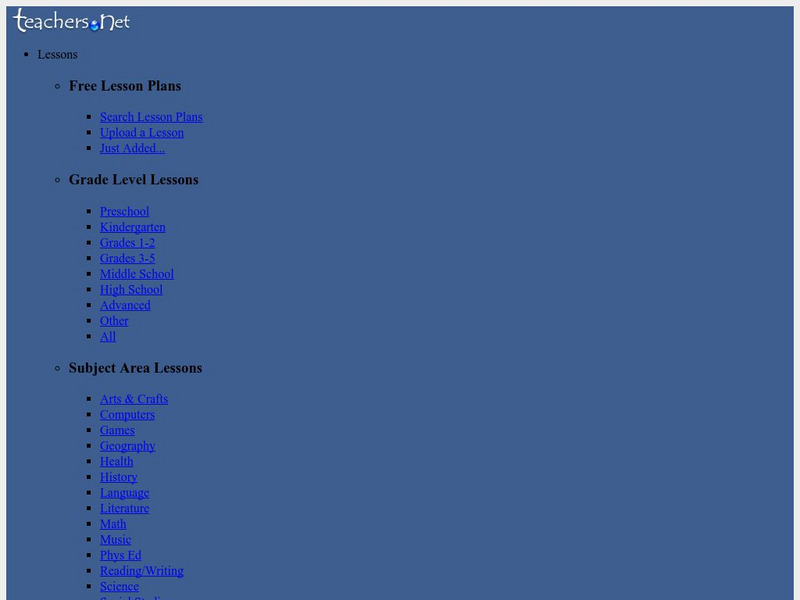







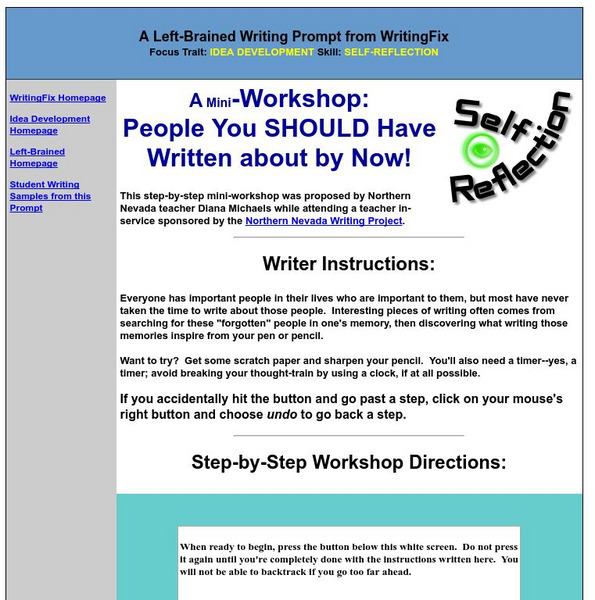

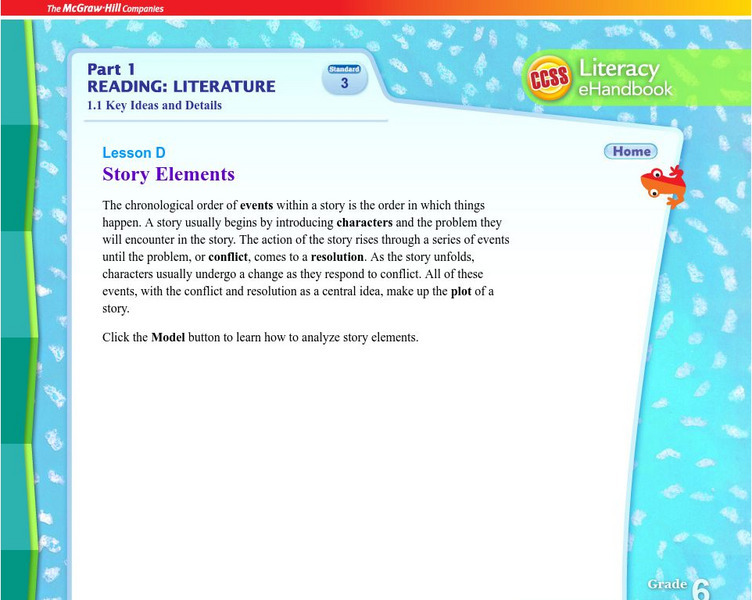
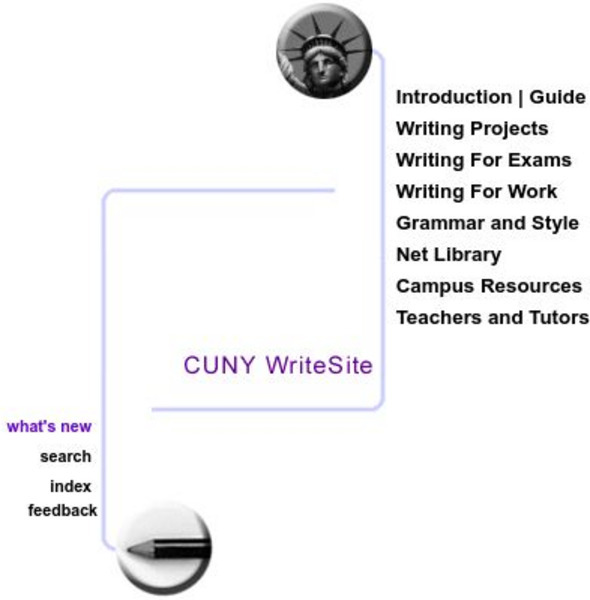
![Holt, Rinehart and Winston: Elements of Literature: Determining Methods of Characterization [Pdf] Graphic Holt, Rinehart and Winston: Elements of Literature: Determining Methods of Characterization [Pdf] Graphic](http://content.lessonplanet.com/resources/thumbnails/410109/large/bwluav9tywdpy2symdiwmduymc0ymjy4mc0xz3pvamf3lmpwzw.jpg?1589985471)
